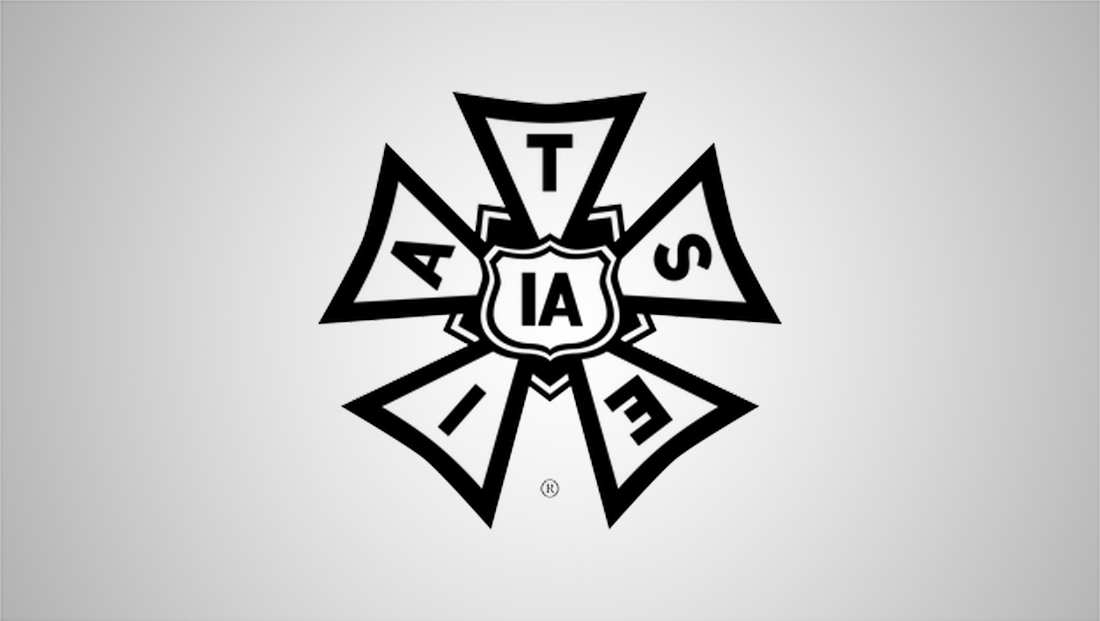Potential IATSE strike could affect TV, film production

Subscribe to NCS for the latest news, project case studies and product announcements in broadcast technology, creative design and engineering delivered to your inbox.
West coast television and film productions could be heavily affected if IATSE, a union that represents thousands of behind the scenes workers, votes to strike.
IATSE to seek strike authorization vote https://t.co/QHGN8QUDgU #TVNews #BroadcastNews
— TVNewsMix (@TVNewsMix) September 21, 2021
IATSE, which is short for the International Alliance of Theatrical Stage Employees, represents about 150,000 professionals across the U.S. and Canada, though the current dispute focuses on the approximately 40% of its member working under motion picture and TV contracts in select shops.
The union’s contract with management’s Alliance of Motion Picture and Television Producers expired on July 31, 2021, but was extended through Sept. 10, 2021, to allow more time to hash out terms.
AMPTP is a trade association that represents over 350 TV and film production companies in negotiations with industry unions, including IATSE.
However, that date has come and gone and neither an extension or agreement has been reached.
The key terms of the agreements being debated center around rest time, bigger shares of revenues from streaming and boosts to health and pension plans for workers that include camera operators, technicians, costumers and prop makers.
Union leadership and members have been especially vocal about the pay gap between the trades and upper management and executives.
With the boom in streaming, union members have also taken issue with the fact those productions still fall under “new media” and therefore have different residual payout terms despite being paid under negotiated union rates for actual hours spent on the job.
As negotiations drag on, IATSE issued a FAQ-style notice to its members outlining the current state of negotiations. This document acknowledges the basic agreement has now expired but that work can and should continue under the terms of the previous one, a concept known as “status quo.”
IATSE further notes that members should continue to work as well as seek other opportunities with union productions.
However, the union is indicating that things have reached a point where AMPTP’s reps can put a “last, best and final” offer forward, thus declaring an impasse. That offer would then be turned over for a vote by IATSE members.
Alternatively, IATSE can hold a vote of members to authorize a strike, which, if passed, the union could officially strike if the national president calls for that, though even an affirmative authorization to strike vote does not guarantee there will be a strike.
A strike could lead to a lockout, allowing management to hire temporary workers to fill the union positions until a resolution can be reached, though IATSE says in its document that it feels it would “unlikely” that that employers could replace the tens of thousands of workers that would be on strike.
Such a strike would affect 13 west coast studio locals: Locals 44, 80, 600, 695, 700, 705, 706, 728, 729, 800, 871, 884 and 892. Locals 600, 700 and 800 are national and a strike could affect productions in other parts of the country.
While “locals” can and sometimes do serve specific regions as their names imply, it’s also common for a “local” to accommodate members from multiple regions but who work in specific part of an industry.
For example, IATSE Local 700 is also known as the Motion Picture Editors Guild and membership is open to qualifying professionals across the U.S.
Other areas affected by a potential strike would include art direction, grips, cinematography, sound and audio, makeup and hair, electrical lighting, set painting, script and continuity, accountants, production specialists and teacher and welfare providers.
Local news productions would not be affected by a strike.
The potentially affected productions would be limited to those categorized as film or television, but that does include streaming shows.
IATSE has separate agreements for productions that fall under the sports broadcasting, low budget theatrical, pay television such as HBO, and commercials that are still valid and those would not be affected by a potential strike. A “videotape” production agreement is also currently under negotiation but does not expire until late September 2021.
This potential strike comes a key time in the industry, given that so many productions were shut down last year due to the coronavirus pandemic but have mostly resumed, albeit with additional protocols in place put in place under “return to work” agreements negotiated by various unions.
Because the television and film industry is so unpredictable, many IATSE and other associated union workers change jobs and employers frequently but are able to maintain benefits such as consistent health care and retirement pensions because those benefits are provided by the union. Typically eligibility and rates for these types of benefits are based on how much someone works in a set period of time.
Disclaimer: The author of this story was a member of an east coast local of IATSE from approximately 2006 to 2008, but has not be associated with it since then.
Subscribe to NCS for the latest news, project case studies and product announcements in broadcast technology, creative design and engineering delivered to your inbox.





tags
IATSE
categories
Broadcast Industry News, Featured